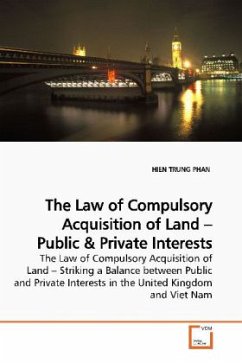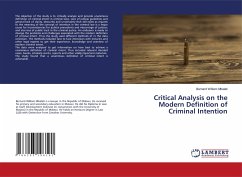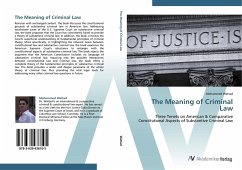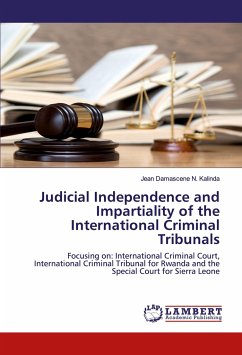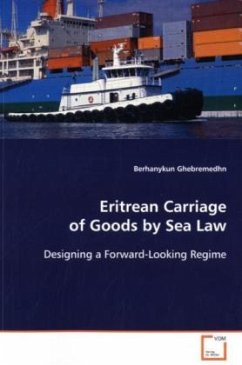
Aboriginal Australians and the Criminal Law
History, Policy, Culture.
Versandkostenfrei!
Versandfertig in 6-10 Tagen
52,99 €
inkl. MwSt.

PAYBACK Punkte
26 °P sammeln!
This book explores the relationship between the 1950spolicy of assimilation and the development of criminal justiceapproaches to Australian Aboriginal people. Several areas ofcriminal justice are examined: the provocation defence, the recognition ofcustomary law, sentencing and alcohol regulation. These areashave been particularly relevant to confrontations betweenAboriginal people and the criminal justice system. This book arguesthat, in some areas, criminal justice principles developed in the1950s in response to the policy of assimilation continue to influencethe interaction between Aborigin...
This book explores the relationship between the 1950s
policy of
assimilation and the development of criminal justice
approaches to
Australian Aboriginal people. Several areas of
criminal justice are
examined: the provocation defence, the recognition of
customary
law, sentencing and alcohol regulation. These areas
have been
particularly relevant to confrontations between
Aboriginal people
and the criminal justice system. This book argues
that, in some
areas, criminal justice principles developed in the
1950s in response
to the policy of assimilation continue to influence
the interaction
between Aboriginal people and the criminal law.
However, it also
contends that more recently criminal law has
sometimes aimed
to restore and repair Aboriginal people to their own
communities.
This later approach may open up a space for
Aboriginal people to
become more involved in the criminal justice process
and, from this
involvement, a form of weak legal pluralism may be
emerging. The
analysis provides new insights about approaches to
criminal justice
that may be helpful to lawyers, policy makers and
historians
working in Aboriginal criminal justice.
policy of
assimilation and the development of criminal justice
approaches to
Australian Aboriginal people. Several areas of
criminal justice are
examined: the provocation defence, the recognition of
customary
law, sentencing and alcohol regulation. These areas
have been
particularly relevant to confrontations between
Aboriginal people
and the criminal justice system. This book argues
that, in some
areas, criminal justice principles developed in the
1950s in response
to the policy of assimilation continue to influence
the interaction
between Aboriginal people and the criminal law.
However, it also
contends that more recently criminal law has
sometimes aimed
to restore and repair Aboriginal people to their own
communities.
This later approach may open up a space for
Aboriginal people to
become more involved in the criminal justice process
and, from this
involvement, a form of weak legal pluralism may be
emerging. The
analysis provides new insights about approaches to
criminal justice
that may be helpful to lawyers, policy makers and
historians
working in Aboriginal criminal justice.




